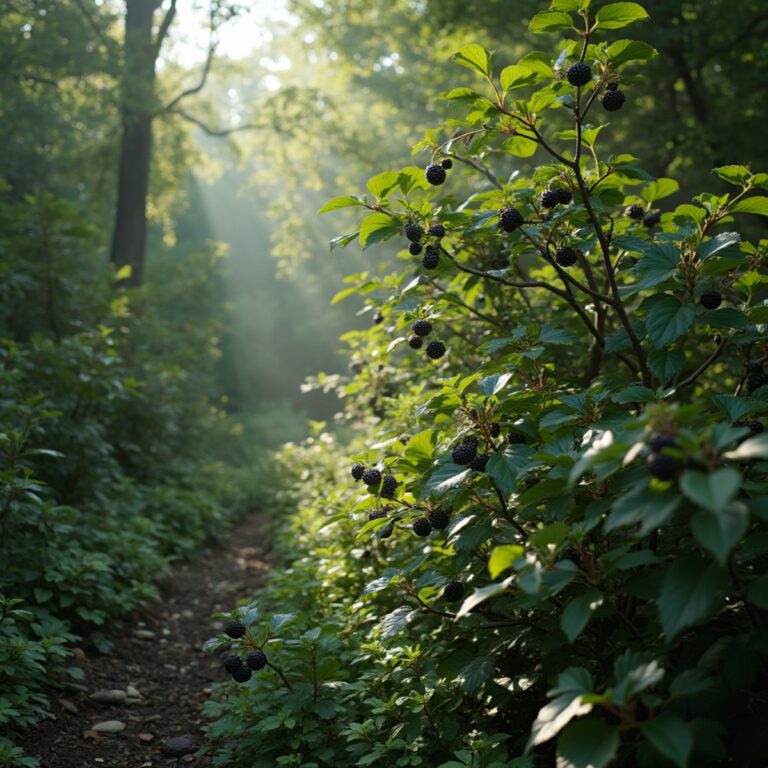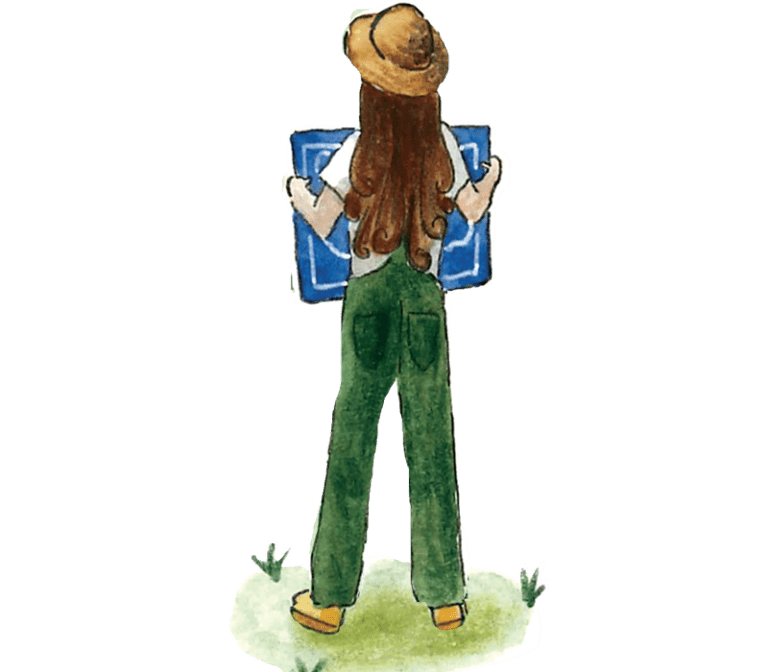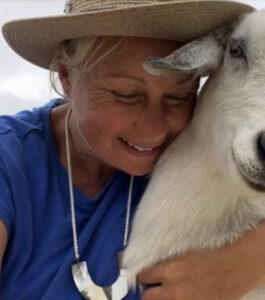LIV:
Hello again, and welcome to another episode of Greenstead Life, where we slow down, dig deep, and reconnect with the tastes, textures, and teachings of the plants that live with us.
Today, we’re venturing into a spicier corner of the garden—one that tingles on the tongue and leaves a soft heat in its wake. I’m talking about native pepperberry—also known as Tasmannia lanceolata, or simply mountain pepper. Grown in the cool, misty ranges of south-eastern Australia, pepperberry is a bold, resilient shrub that thrives in the shaded woodland areas of our Greenstead property, bringing with it a dark, dusky beauty and a fiery little secret.
Before we dive in, a quick but essential reminder: we always recommend sourcing native edible plants from certified growers who specialise in indigenous species. Pepperberry, in particular, has inedible or potentially harmful lookalikes. Foraging without proper identification and understanding can be risky—not only for your health, but for local ecosystems too. When in doubt, grow it out—and let your garden be your guide.
Now, let’s meet this captivating plant. Pepperberry begins as a dense shrub, often growing up to five metres tall in the right conditions. It prefers cool, moist soil, protection from harsh sun, and benefits from a gentle mulch of fallen leaves. Its long, lance-shaped leaves are deep green with a slight gloss, and when crushed, they release a sharp, peppery scent with hints of eucalyptus and earthy spice. The plant produces small, creamy-white flowers in spring, followed by clusters of vibrant dark purple berries in late summer to autumn. These berries are what we’re here for—tiny globes of concentrated fire and forest.
Growing pepperberry in the garden is surprisingly easy if you match it to its preferred environment. We plant ours beneath the drip line of tall gums, where filtered light and damp soil mimic its native conditions. It’s dioecious, meaning you’ll need both a male and female plant to produce berries—but even without fruit, the leaves alone are a kitchen treasure. Harvest the leaves throughout the year, and dry them slowly in the shade before grinding them into a fine green powder. Their flavour is warm, spicy, and slightly medicinal—perfect for dry rubs, roasted veg, or stirred through sauces and marinades.
The berries arrive later—glossy, deep purple, almost black. When dried, they turn hard and wrinkled, but retain that vibrant heat. Crushed with a mortar and pestle, they release a fragrant oil that is more complex than black pepper: there’s a slow burn, yes, but also floral notes, bush mint, and something quietly ancient. We use them sparingly but purposefully—sprinkled over baked pumpkin, folded into slow-cooked lentils, or infused in vinegar for a wild twist on a salad dressing. A pinch stirred into chocolate ganache creates a native truffle that surprises with every bite.
What I love most about pepperberry is that it asks you to slow down. To notice. To take the time to harvest and dry, to grind and infuse. It’s a plant that asks for presence. And in return, it offers depth—both in flavour and in rhythm.
There’s something about the deep shade of the pepperberry grove that makes you pause. Something in the cool, damp air and the hum of bees in the understorey that reminds you this land has stories far older than our own.
[Tom fades in softly]
TOM:
Just a quick Greenstead update from me—our pepperberry plants are thriving here on-site, and we invite you to experience them firsthand. Visit our website at greensteading.com.au to book your own eco-experiential stay at either Banjo’s Cabin or Gumnut Cottage in Gippsland. Immerse yourself in the beauty of our native gardens and the flavours they offer.
LIV:
Thanks, Tom.
So whether you’re sipping a pepperberry and lemon myrtle tea on a cool morning, or standing beneath your own young shrubs brushing fingertips across their spicy leaves—know this: you’re part of something rich, grounded, and deeply alive.
Until next time—take it slow, keep growing, and stay rooted.
[Outro music fades – warm, acoustic, earthy]




